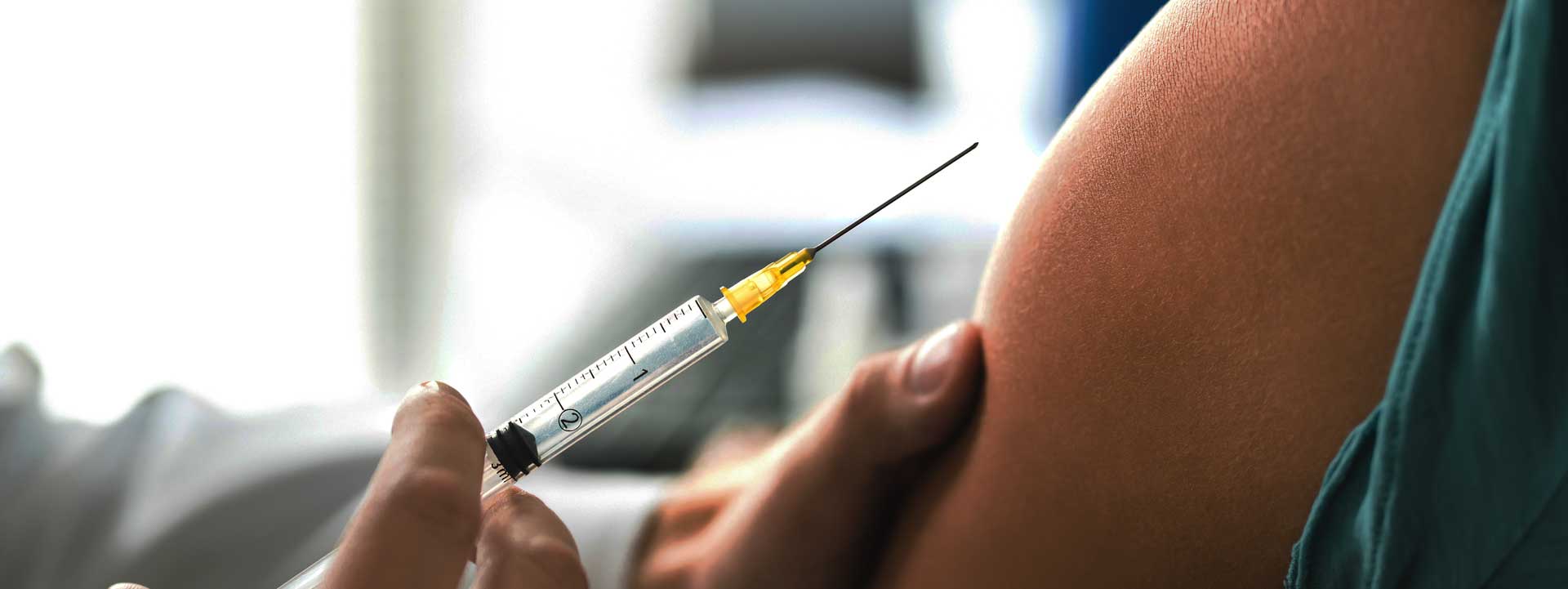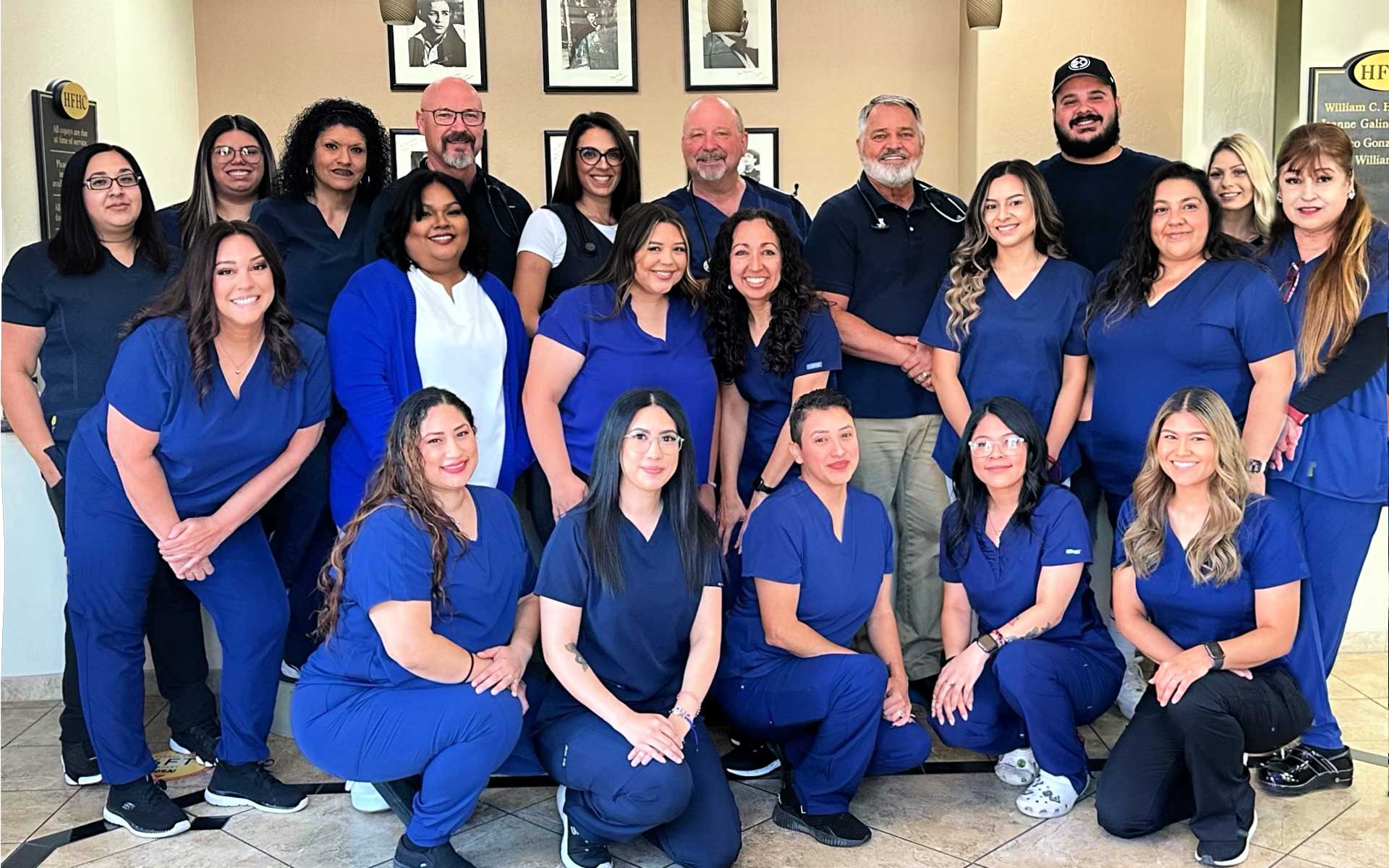
April is
Stress Awareness
Month

We are currently
Accepting New Patients

Mon - Thu7:00am - 5:00pm
Friday8:00am - 12:00pm
Sat-SunClosed

Copyright © 2023 - Holvik Family Health Center